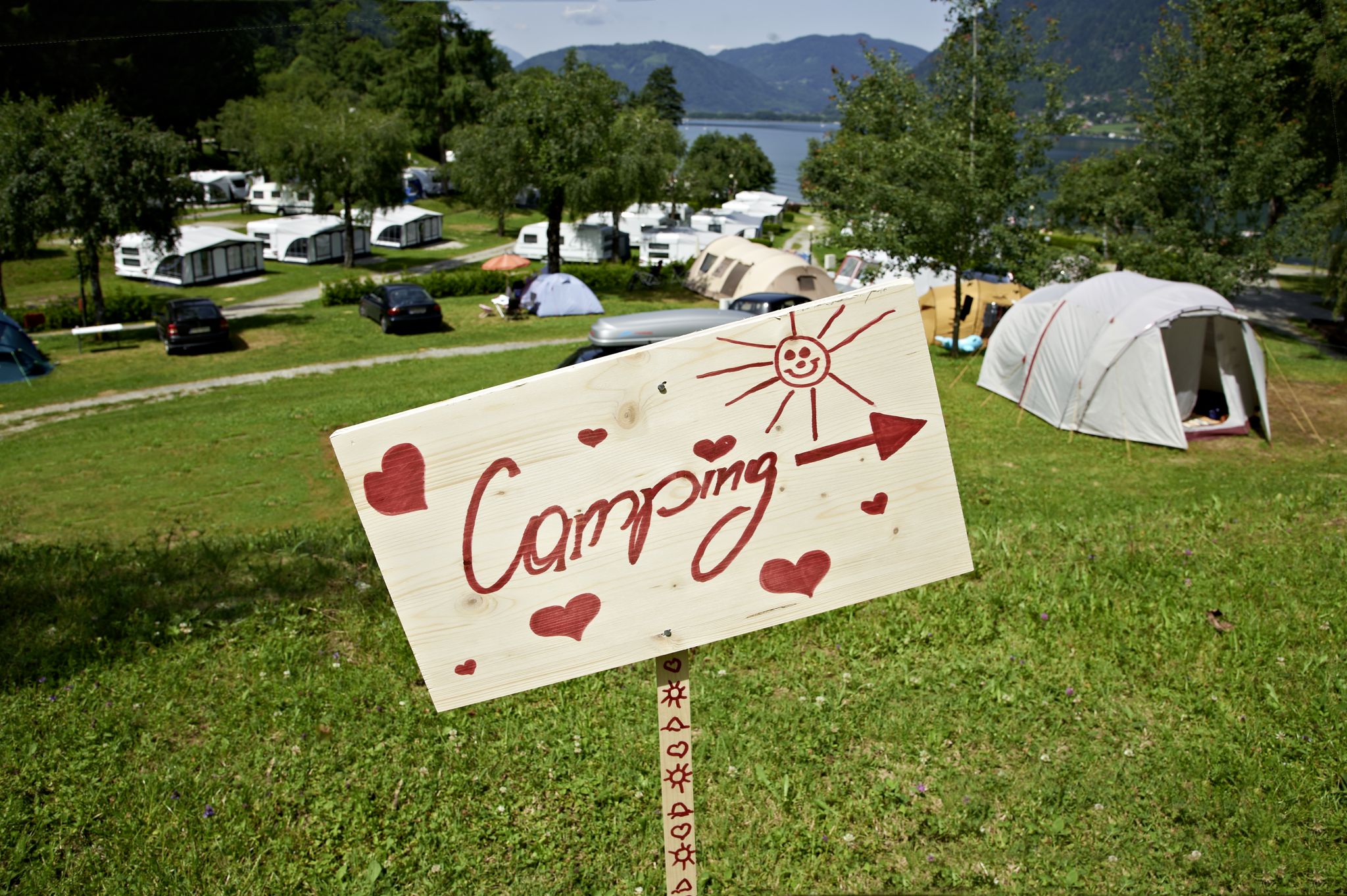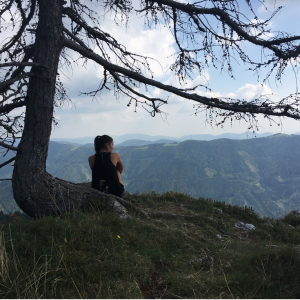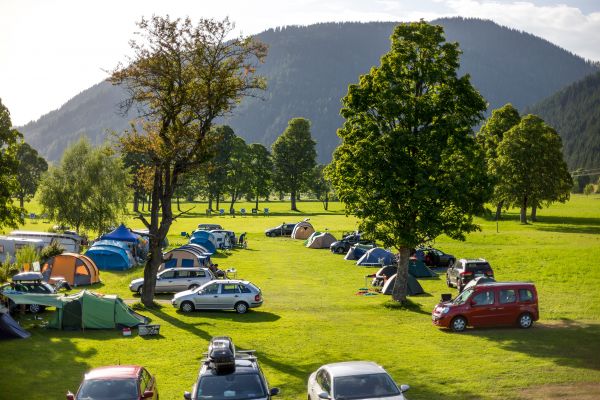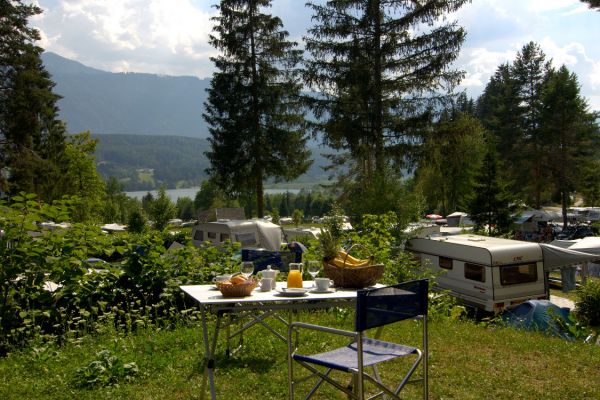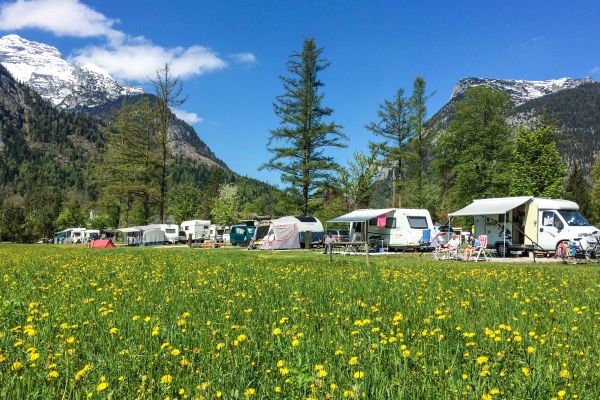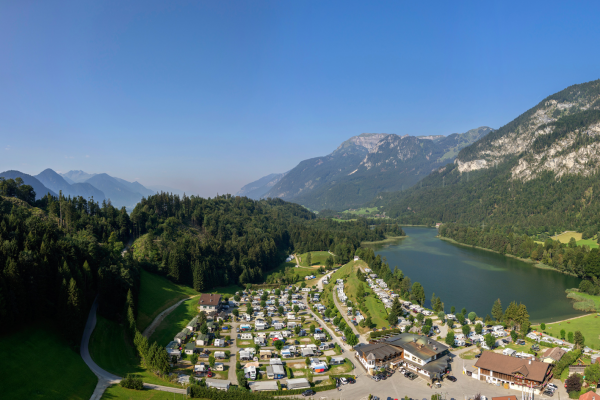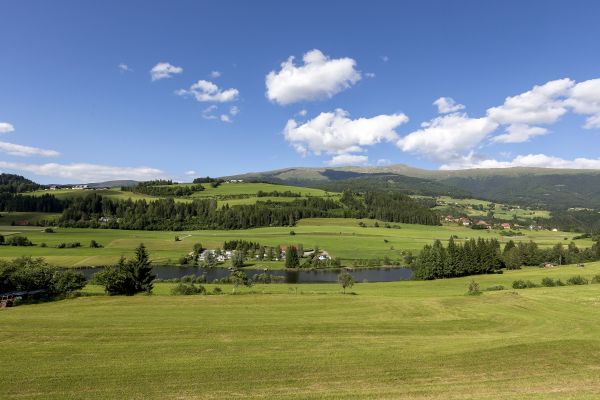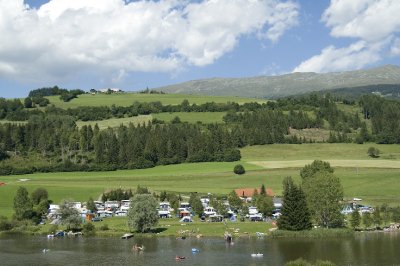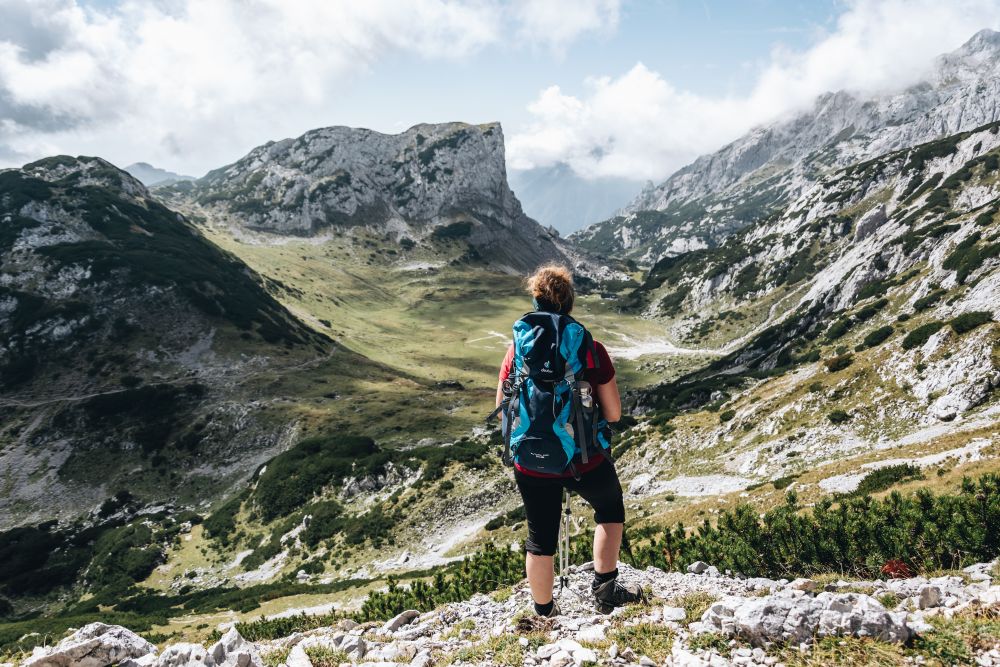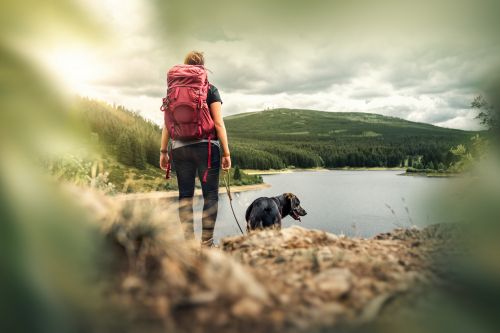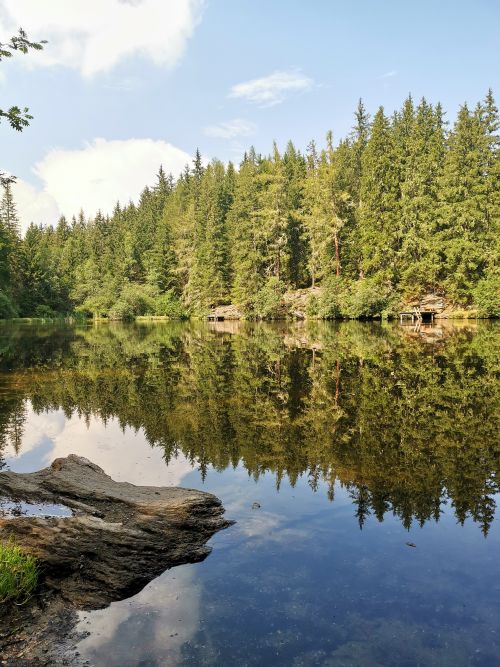Are you an enthusiastic hiker on the lookout for a camp site in Austria? Would you like to combine your camping holiday with hiking? Then you’re in the right place. Let us introduce you to the best camp sites for hiking holidays across the regions.
Everything you need to know about camping:
Overview of the camp sites in our regions
Everything you need to know about tenting:
Equipment & Tips
![]()
There are approx. 596 camp sites in Austria.
![]()
In 2018, Carinthia attracted the largest share of visitors staying on a camp site.
![]()
Visitors to Austria’s camp sites spend 4 days on average at the site.
![]()
Carinthia, Tirol and Styria have the largest number of camp sites.
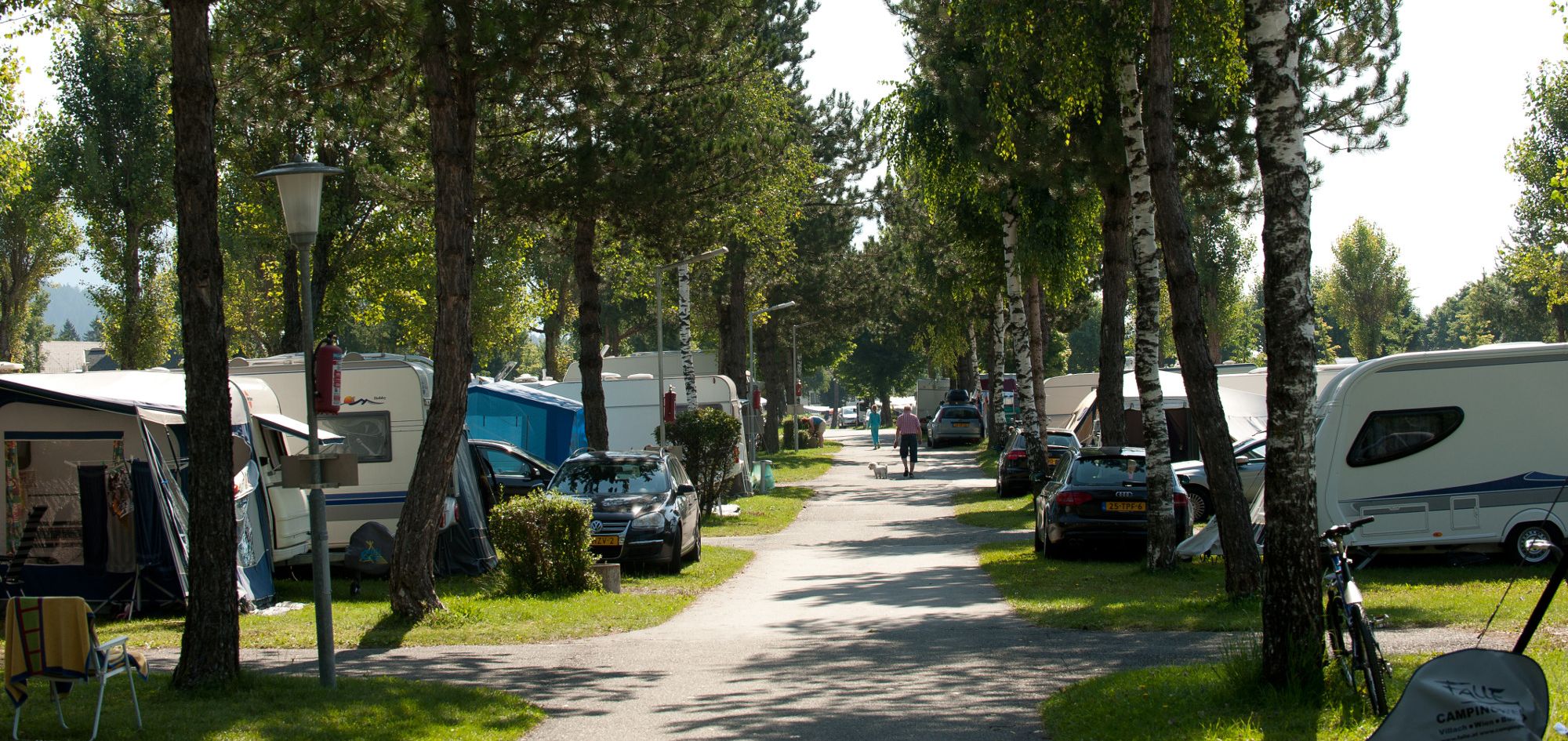
Camping
in Austria’s hiking villages
A camping holiday means experiencing nature in its most beautiful and direct form. There are numerous camp sites across the various regions of Austria. Many of them are located beside beautiful bathing lakes or amid stunning mountain scenery. In terms of their facilities they range from simple to luxurious, complete with wellness area.
Everything you need to know about camping:
Our specially selected camp sites Camp sites perfectly located for the next hike
Camping in Styria
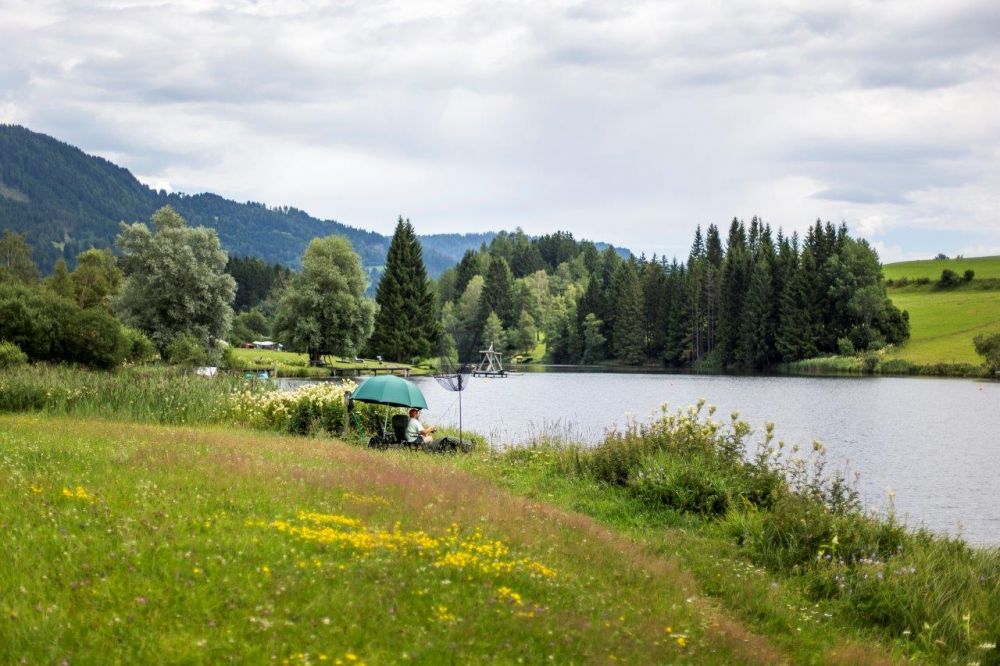
Camping by the lake
Camping by the lake in Zirbitzkogel Grebenzen nature park is currently the only camp site in Austria which has been awarded the Austrian Hiking Seal of Quality.
This camp site is an insider’s tip for hikers, swimmers, anglers, nature lovers and families. Situated right beside the 7 hectare Mühlner bathing lake, the site is the ideal location for a relaxing and fun-filled holiday for adults and children alike. From May to September, a total of 60 pitches are available. Hikers can set out directly from the camp site. Zirbitzkogel-Grebenzen nature park has 14 summits above 2000 m altitude for walkers to explore, offers countless marked hiking trails at every level of difficulty and delights with sparkling streams you can drink from and deep, shady forests.
More infoCamping Dachstein
Situated on a sunny plateau, surrounded by glorious mountain scenery in Ramsau am Dachstein lies the Camping-Dachstein site. The south-facing position offers wonderful views of the mountain panorama. The starting points for numerous hiking paths and mountain biking trails can be reached on foot in just a few minutes. For the kids there is a trampoline, a playhouse with slide and a swing and a large football and games area. This site also welcomes dogs.
More info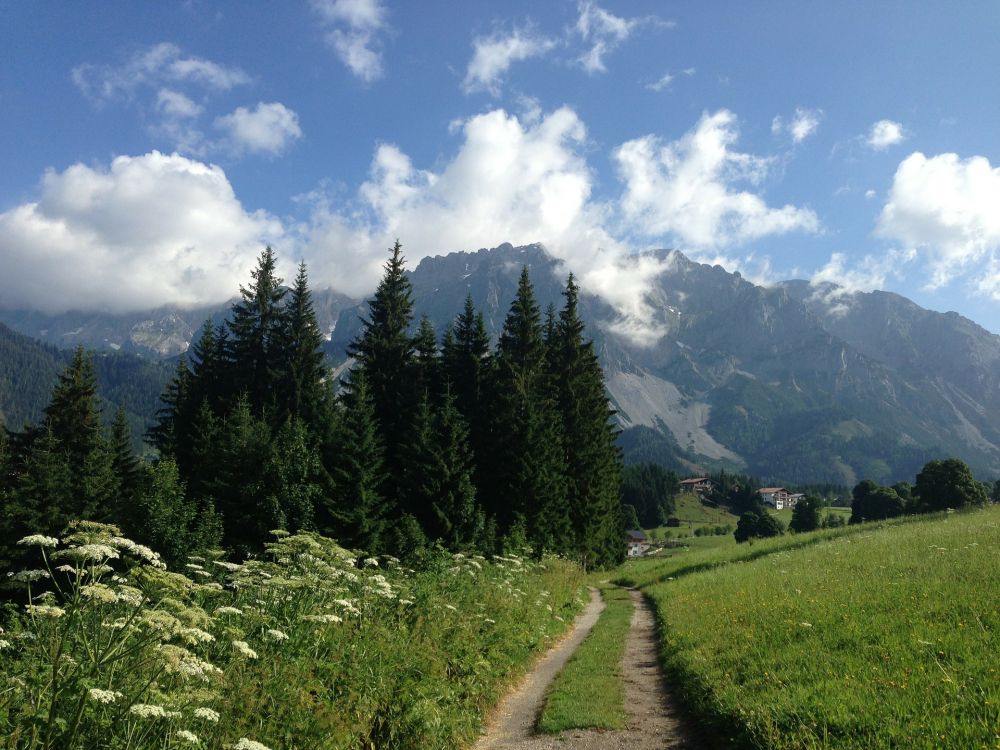
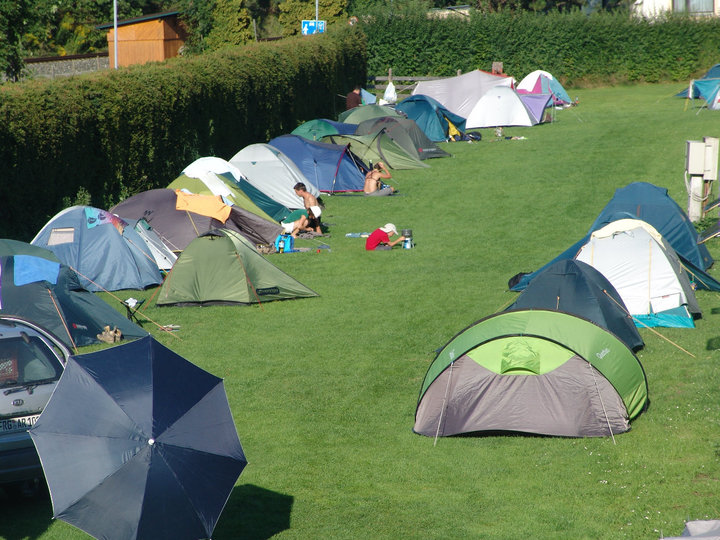
Zirngast camp site in Schladming
Zirngast camp site offers nature-loving holidaymakers pure relaxation in an idyllic landscape. Whether you’re travelling with tent, caravan or camper van – thanks to a wide range of facilities the camp site will meet all your requirements for a restful holiday in Schladming. You can book your pitch easily and conveniently online. Of course camping also offers an opportunity to meet similarly-minded people, as it is a very sociable form of holidaying. The prices for the camp site also include the “Schladming-Dachstein Sommercard”. This card allows visitors free of charge use of all cable cars, hiking buses, toll roads, swimming pools, museums and much more – ideal for hikers in particular.
More infoRamsau Beach camp site
Those looking for somewhere to go camping with kids will be well served at Ramsau Beach camp site in Ramsau am Dachstein. The site is the perfect base for numerous recreational activities such as archery and hiking, or even completing a woodland high rope course. Many child-friendly, easy hiking trails start out at Ramsau Beach, such as the hike to Rittisberg mountain or the fairy tale trail to Rittisstadl. The camp site offers both permanent and tourist pitches and welcomes dogs. You can even order breakfast, subject to prior arrangement. Prices for the camp site include free entry to Ramsau Beach leisure park for the duration of your stay.
More info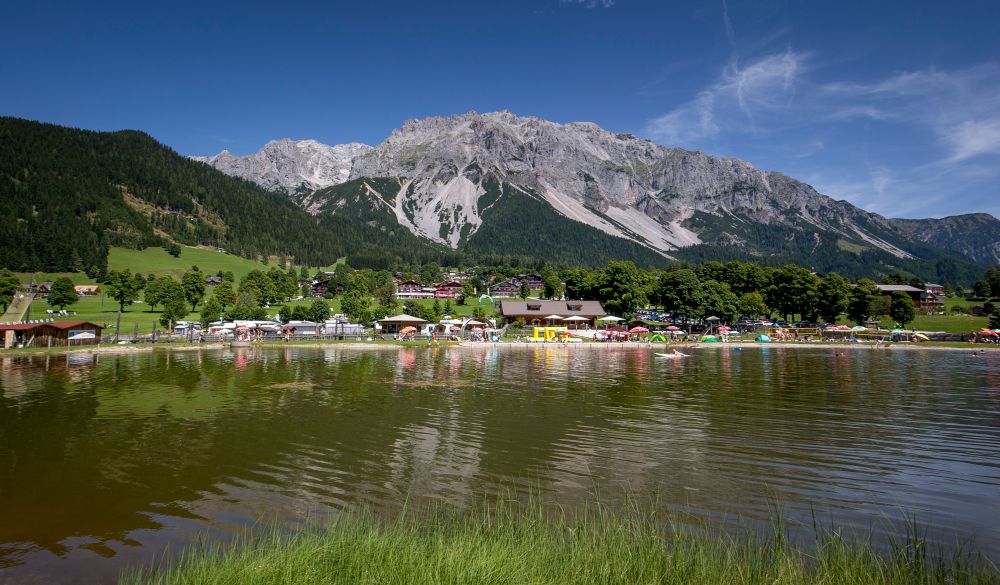
Camping in Carinthia
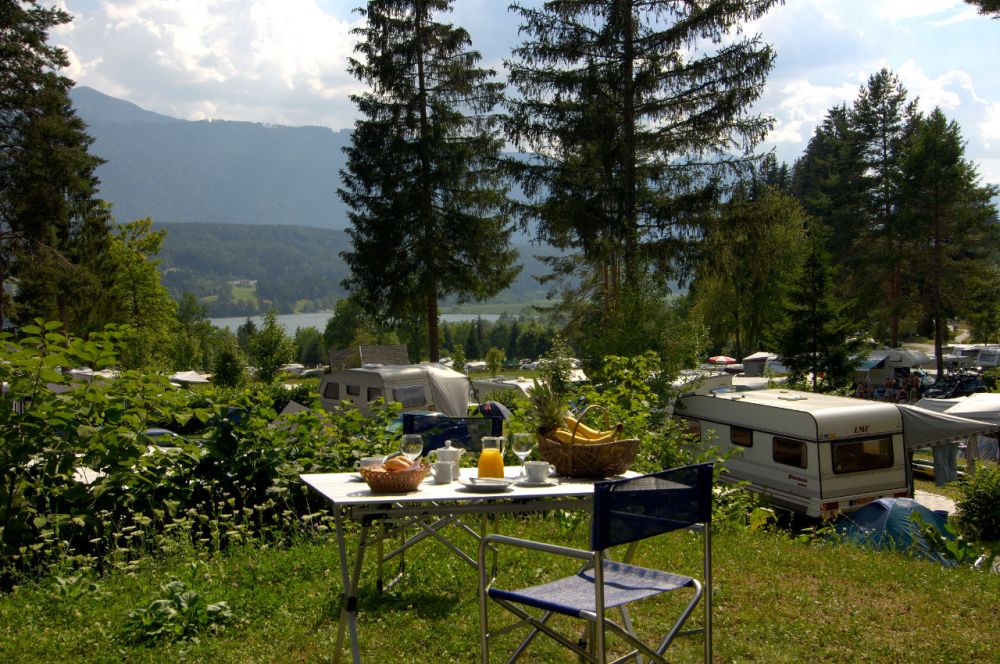
Camping in the Nassfeld-Pressegger See region / Lesachtal – Schluga Camping
Schluga Camping Hermagor (open all year round) offers top of the range camp site holidaying with indoor pool, heated swimming pool, children’s pool, natural swimming pond and spa area (Alpin SPA) with four different saunas. Naturpark Schluga Seecamping (open May to September) is situated just 200 m from Pressegger See lake, where visitors have their own bathing beach (total area 30,000 m²). The site also features a heated swimming pool with whirlpool corner. Both these camp sites offer a wide range of guided tours at every difficulty level. The hiking packages for the camp sites plus local hiking suggestions can be downloaded here. In winter, guided ski tours and snowshoe hikes are also available.
More infoGauglerhof
Gauglerhof camp site lies in the Millstätter See hiking region. During the low seasons it is a real insider’s tip for those seeking relaxation and peace! The camp site is located on a sunny plateau at 840 m altitude and takes its name from the Gauglerhof, a beautiful, 100-year old farmhouse with a breathtaking view of the surrounding mountains. There are numerous attractions nearby and many hiking trails can be reached in less than an hour. The area also offers plenty of peaceful spots for enjoying nature.
More info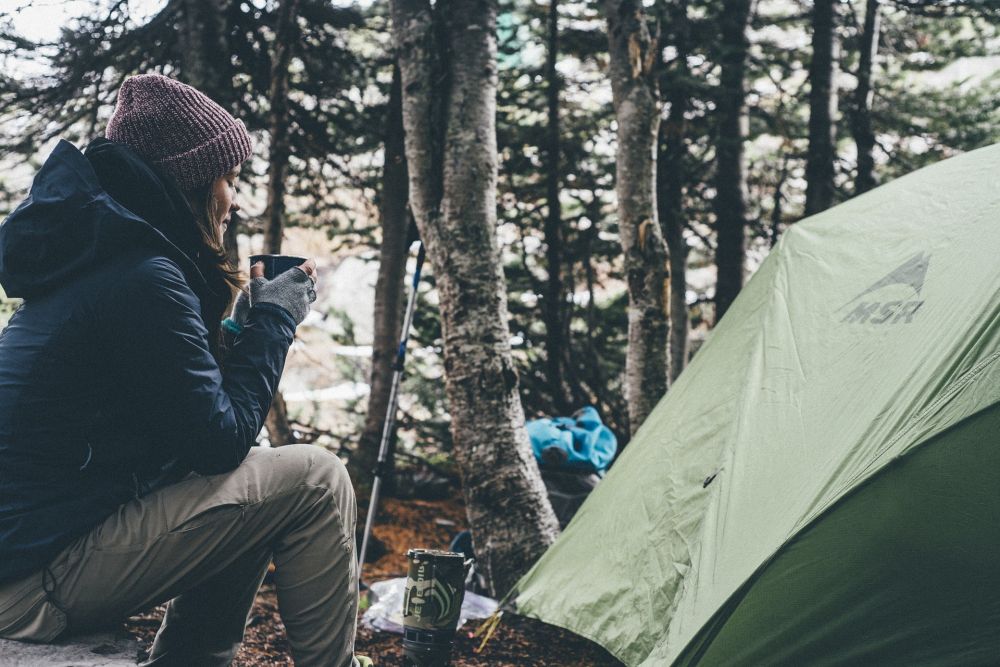
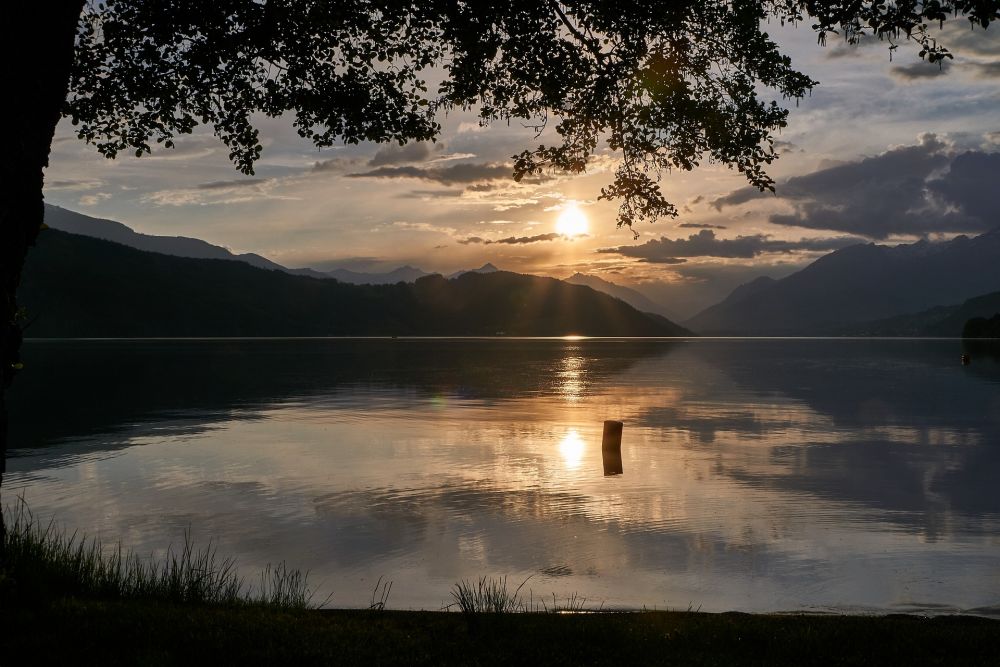
Komfort – Campingpark Burgstaller
The holiday park Komfort – Campingpark Burgstaller is one of Austria’s most successful tourism businesses. Situated just 100 m from the shores of lake Millstätter See, guests staying at the camp site have free access to the site’s own lakeside lido, as well as the two neighbouring lidos. Thanks to the central location, there are countless opportunities for day trips and hikes into the surrounding Nockberge mountains with their mountain roads, cable cars and chairlifts.
More infoCamping Ferienerlebniswelt Mössler
The large holiday park Camping Ferienerlebniswelt Mössler has two camp sites: Schwimmbad Camping and Seecamping Mössler. The camp site Schwimmbad Camping is arranged around a central swimming pool and is situated 500 m from lake Millstätter See. Seecamping Mössler is a smaller camping park with an informal atmosphere, individual separated pitches and generously laid out sanitary facilities. In July and August, and over Whitsun the camp site provides complimentary child care. Both sites offer a range of services such as complimentary guided hikes and cycling tours, as well as special events for children and families. Both camp sites are also an ideally located for hikers, as many of the local hiking trails can be reached without a car.
More info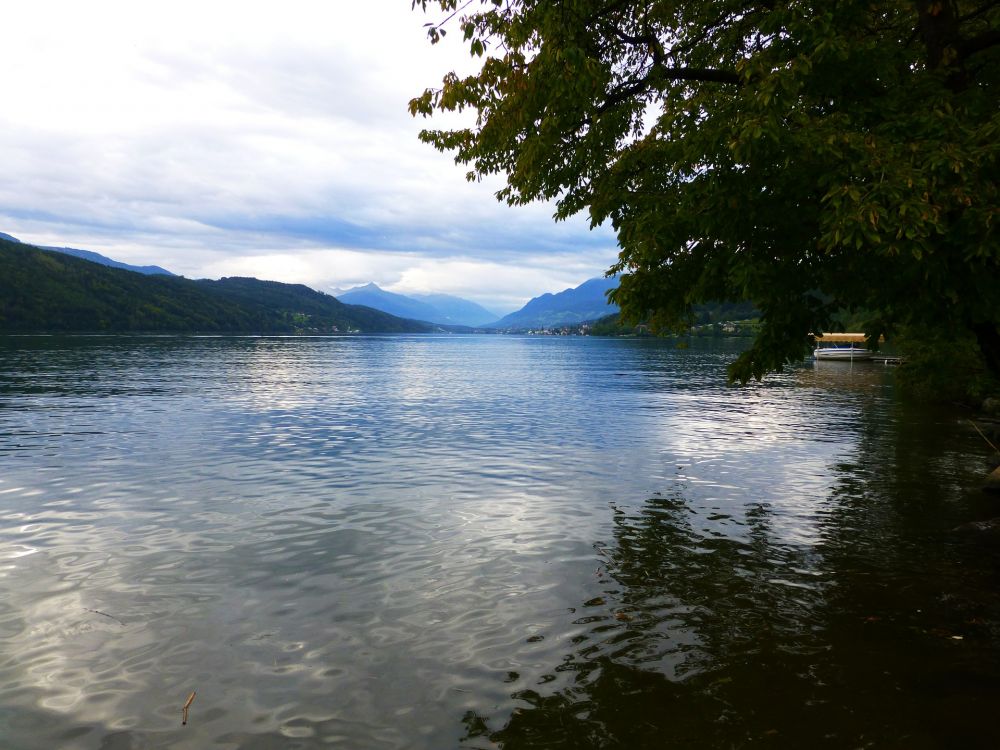
Camping in Salzburg
Camping Grubhof in the Salzburg Saalachtal valley
Camping directly by the river in Salzburg’s Saalachtal valley is particularly idyllic, inviting you to relax and listen to the bird song and the rushing of the Saalach river. In summer, enjoy swimming and paddling with your kids or, if you’re feeling adventurous, go kayaking in the wild waters a few kilometres downstream. The Grubhof camp site in Lofer in the Saalachtal valley is an ideal starting point for numerous walks, hikes and mountain treks – leisurely or challenging, down in the valley or high up among the peaks, with or without the kids. The region has more than 400 km of hiking paths and mountain trails in and around Lofer in the Saalachtal valley, for ambitious walkers and experienced mountaineers alike.
Winter hiking & camping in Austria: In Lofer, the combination of camping and hiking is available in winter as well as summer. Well-tended winter hiking trails and wonderful winter walks await those who appreciate the value of healthy exercise and nature. For detailed information please refer to the winter camping offers.
More info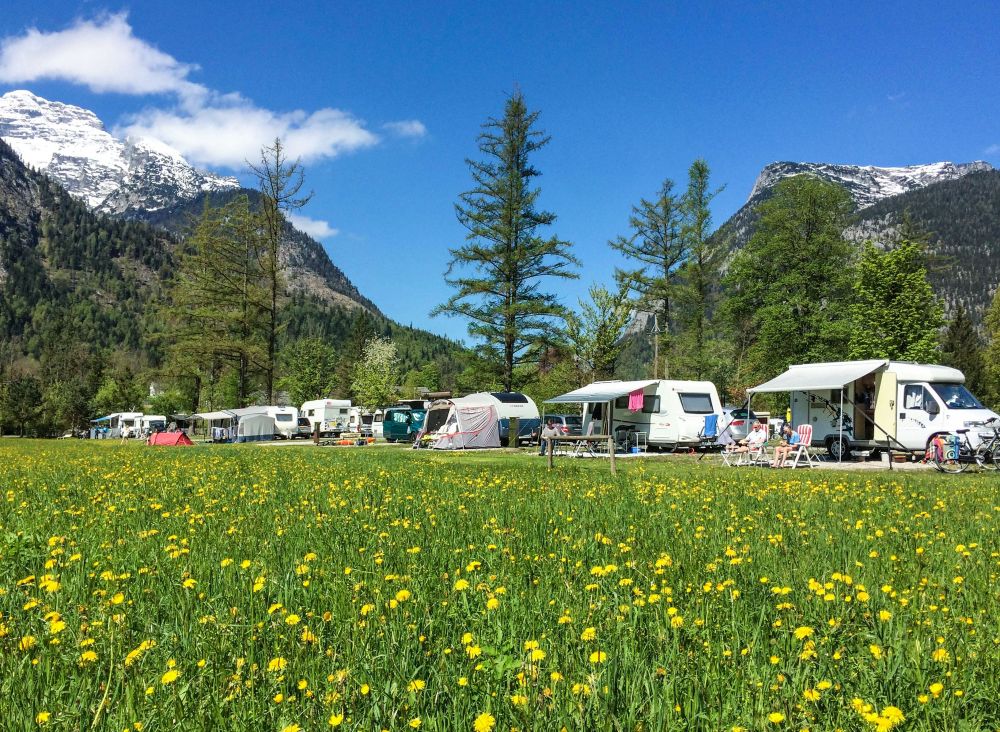
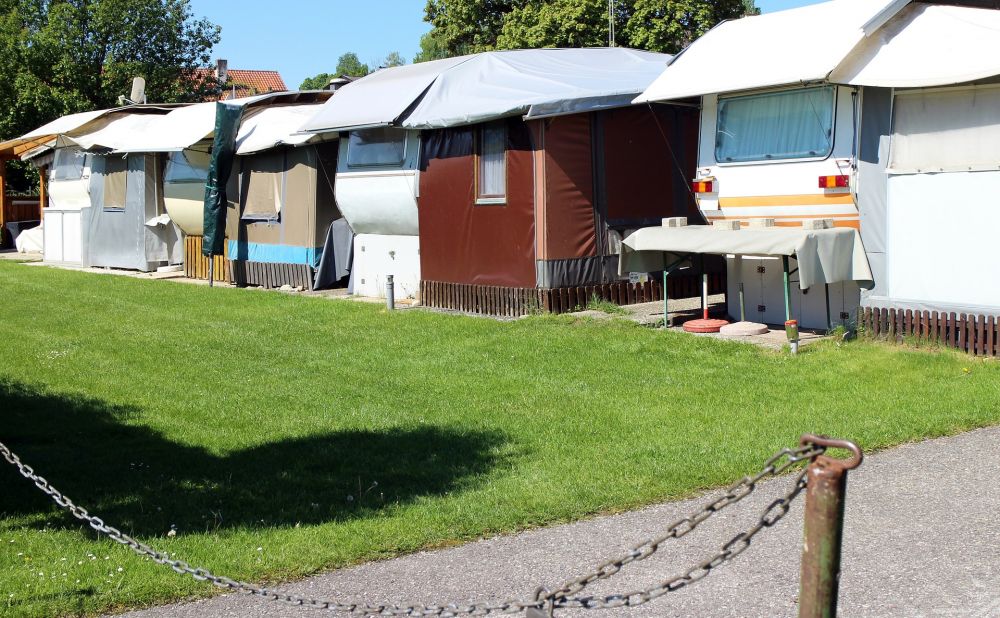
Wiesenhof camp site – St. Johann im Pongau
Wiesenhof camp site in Sankt Johann im Pongau is very easy to get to, as it is located on the outskirts of the town. Pitches for caravans and camper vans can be booked both in summer and winter. The site enjoys lovely views of the surrounding mountains, which are ideal for hiking.
More infoCamping in Tirol
Camping Seeblick Toni, Kramsach in the Alpachtal valley
The only thing that lies between the rocky ridges of the Rofan mountains and Camping Seeblick Toni are the playful waves of Reintalersee lake – and lots of unspoilt nature.
amping Seeblick Toni in the Alpachtal valley is perhaps one of the most beautiful year-round camp sites in the Tirol region. The family-run holiday site offers sophistication and comfort in line with its 5-star status and has pitches right beside the lake and along the edge of the woods. There are also apartments and bungalows, all set amid the beautiful natural world of the Tirolean mountains and lakes. The shores of Reintalersee lake are just a stone’s throw away, and a few steps in the opposite direction will take you into the forest.
Summer at Reintalersee lake
Enjoy the most beautiful time of the year right beside the lake, swimming, fishing, hiking or just relaxing in the sunshine. In addition to the beautiful natural surroundings, this 5-star camp site also offers a well-designed infrastructure with all the amenities that make your holiday special. There are also numerous wonderful hikes up into the Rofan mountains, where you can experience the unique flora and fauna flourishing at an altitude of 1800 m and more. Enjoy beautiful panoramic views, watch the chamois and stop off at cosy mountain huts – after a strenuous hike, guests can relax in the wellness oasis.
More info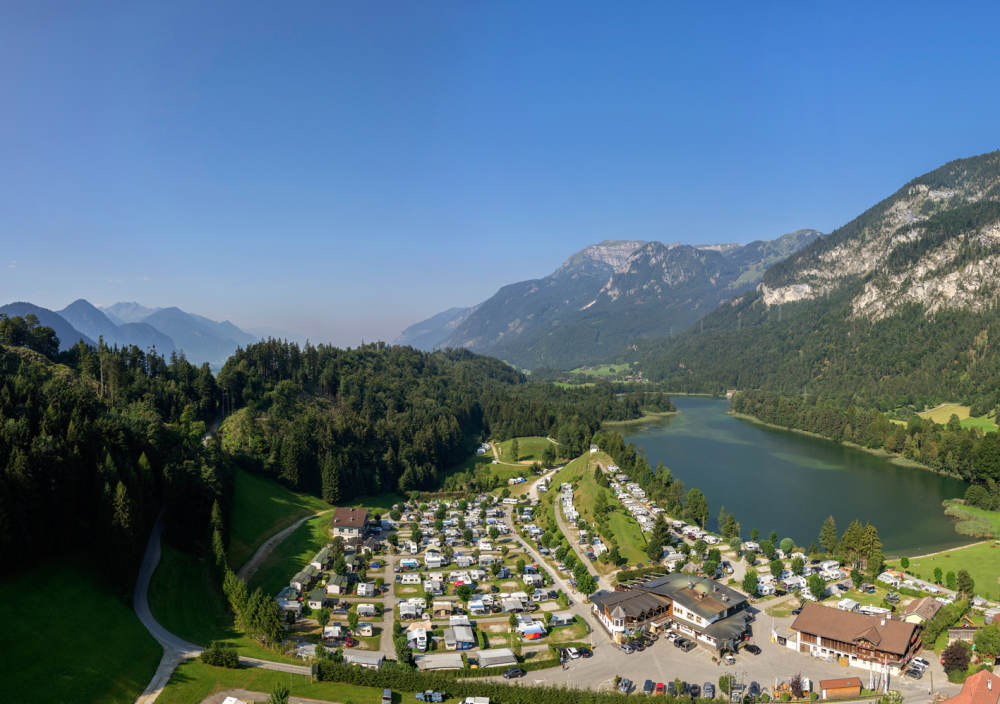
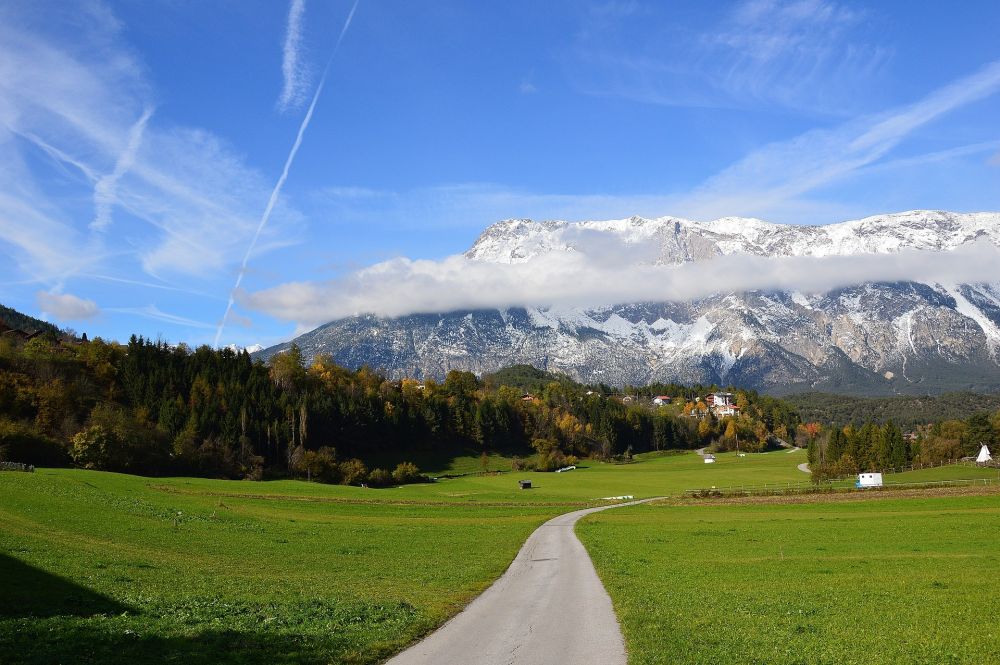
Camping Ötztal Längenfeld
The 4-star camp site Camping Ötztal sits amid beautiful natural surroundings and enjoys stunning mountain vistas. Located in Längenfeld at the heart of the Ötztal valley at 1180 m altitude the site is quiet and idyllic. There are crags and via ferrata trails nearby, as well as numerous cycling and hiking paths. There’s plenty to discover throughout the year and a wide range of accommodation, including pitches for camper vans and cars, caravans for hire and even alpine lodges. With so much on offer, you’re bound to find your ideal holiday accommodation.
More infoTirol Camp Fieberbrunn
Right by the lower terminus of the Fieberbrunn cable car, in a beautiful location, lies the 5-star camp site Tirol Camp. The site is open both summer and winter and offers all the amenities you could possibly wish for on a modern camp site. In summer, the mountain landscape of the Kitzbühel Alps quite literally lies at your feet – ideal for hiking, mountain biking or simply relaxing. In winter, cross-country skiing enthusiasts will delight in the direct access to the 200 km cross-country ski network PillerseeTal valley.
More info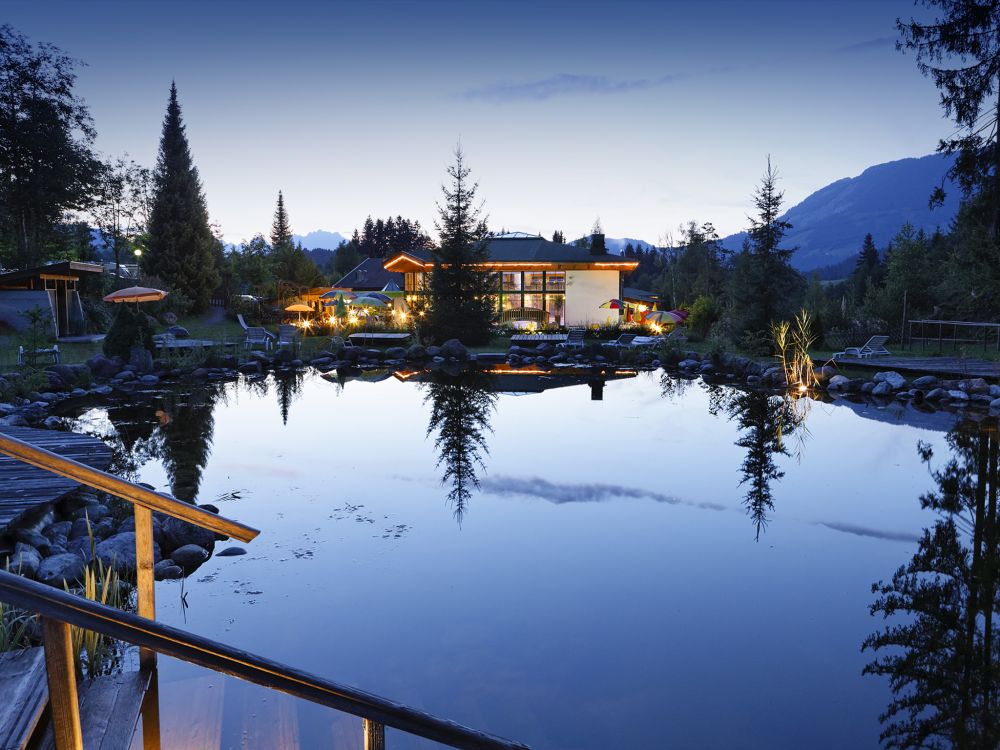
Selected tour tips The camp site as a starting point for your hike
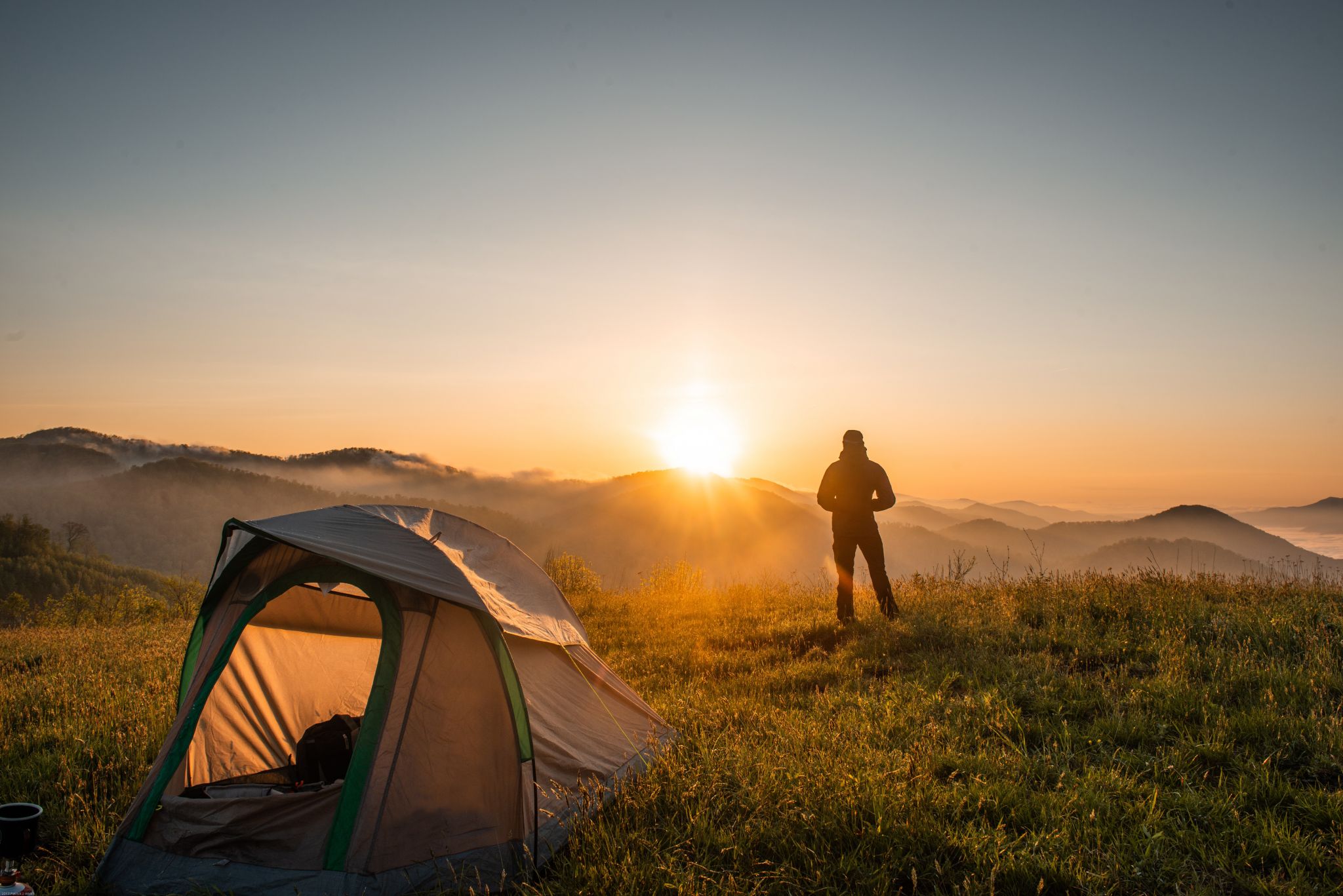
Wandern mit Zelt
in Österreichs Wanderdörfer
Die Wanderdörfer Österreichs beheimaten viele attraktive Zeltplätze, sodass die Leidenschaften des Gehens und Zeltens wunderbar miteinander vereint werden können.
Ausrüstung fürs Wandern mit Zelt
Was jeder erfahrene Wanderer weiß – eine gute Vorbereitung ist die beste Garantie für eine unbeschwerte Wanderung. Für das Camping gilt die gleiche Regel.
Und wer beim Wandern in Österreich in der freien Natur campen möchte, sollte sich vorab über die gesetzlichen Wildcamping Regeln informieren und besser einen der zahlreichen Campingplätze der Region nutzen, um unangenehme Überraschungen zu vermeiden.
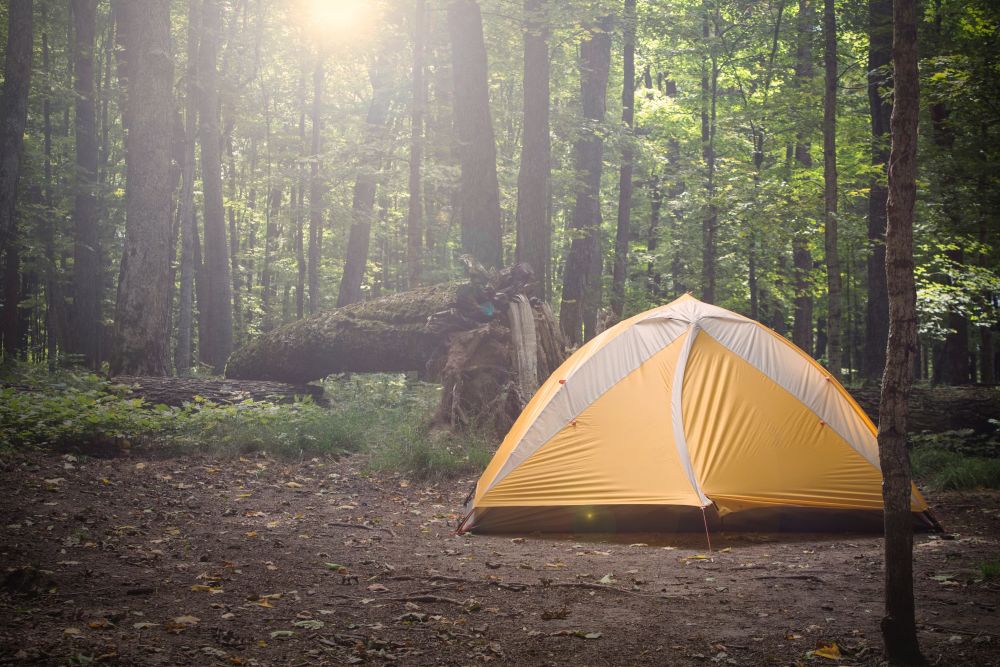
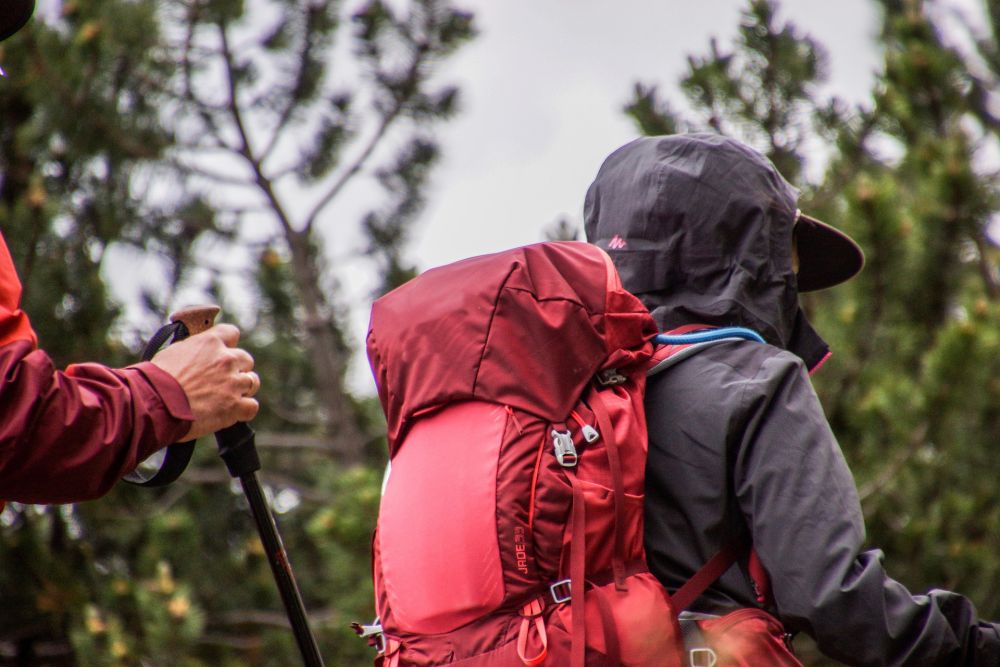
Beim Wandern zählt natürlich jedes Gramm. Daher solltest du bei der Ausrüstung darauf achten, zum einen nicht unnötige Dinge einzupacken und zum anderen das Gewicht der einzelnen Utensilien zu berücksichtigen.
Natürlich gibt es große Unterschiede bei den Touren. Wer zum Wandern und Camping mit Hund aufbricht, wird an das zusätzliche Futter für seinen Vierbeiner, andere wichtige Utensilien wie zum Beispiel die Kotbeutel und etwas mehr Platz im Zelt denken müssen. Zelt-Camping am See macht dagegen die Mitnahme von Sonnencreme und Badebekleidung notwendig. Dennoch gibt es immer grundlegende Dinge, welche die Basis einer erholsamen Tour ausmachen.
Als erstes gilt die Faustregel: So viel wie nötig und so wenig wie möglich. Dabei richtet sich die Ausrüstung natürlich nach Jahreszeit, Region, Dauer und Art der Tour. Das gilt sowohl für die richtige Wanderbekleidung als auch für die Campingausrüstung. Im Folgenden soll es speziell um die Campingausrüstung beim Wandern in Österreich gehen.
Essen unterwegs Je nachdem, ob selbst gekocht werden soll oder nicht, gehören bestimmte Dinge unbedingt zu einer Campingausrüstung:
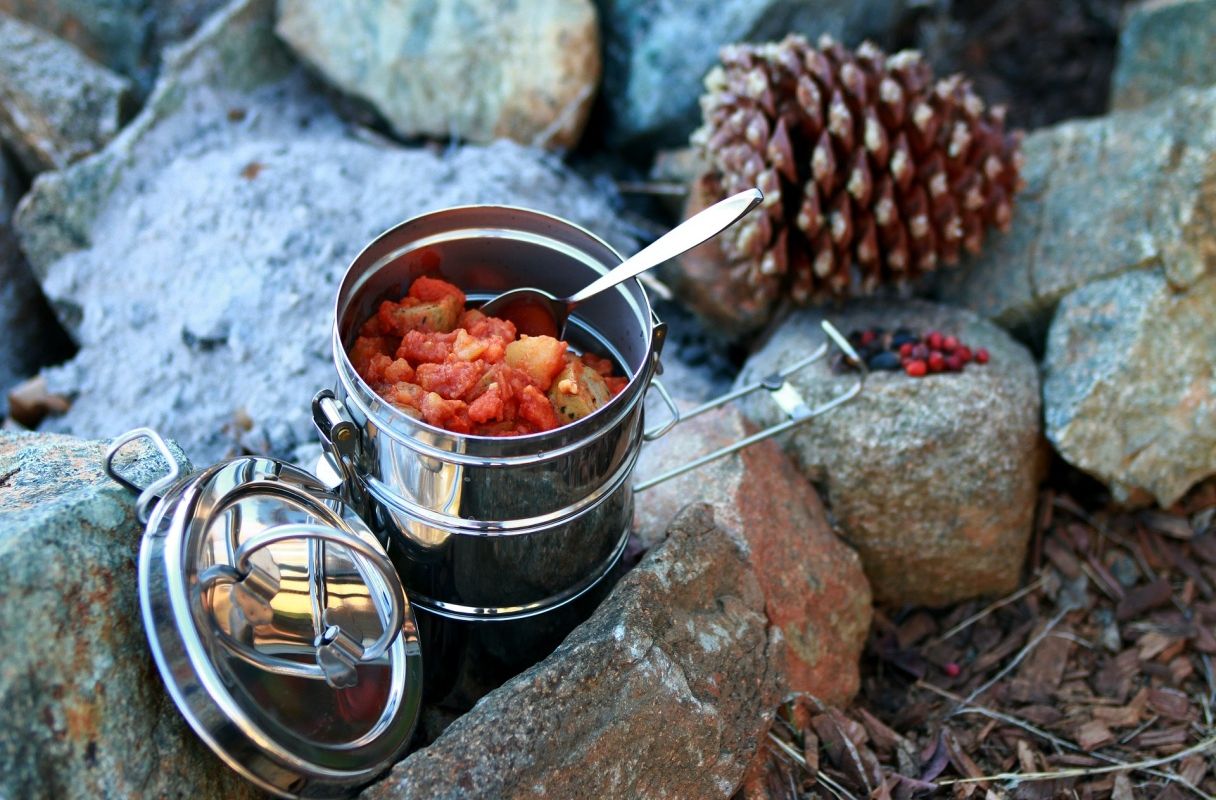
- leichtes Brett
- faltbarer Brat-Topf – in ihm kann gekocht und gebraten werden
- Trinkbecher
- Schneidmesser – mit ihm kann geschnitten und ein Brot geschmiert werden
- faltbarer Camping Gaskocher und Windschutz
- Outdoorfeuerzeug
- Gaskartusche
- Multifunktionswerkzeug
- tiefer Teller
- Wasserbehälter
- Müllbeutel
- Spülmittel, Tuch
- Salz, Pfeffer, Zucker (Gewürze)
- Trekkingnahrung (leicht und kalorienreich)
Funktionelles
- Reiseapotheke
- Kabelbinder
- biologisch abbaubare Waschlotion
- Toilettenpapier
- Panzertape für Reparaturen aller Art
- 2-5 Meter Paracord (Fallschirmleine) als Schnürsenkel, Wäscheleine oder Ersatzgürtel
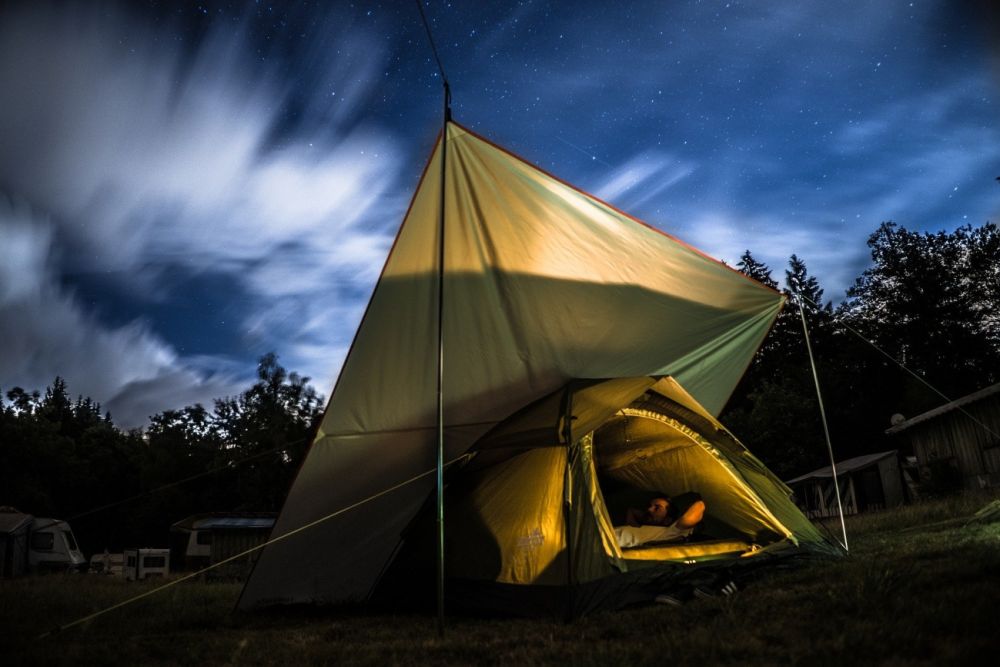
Schlafen unterwegs Zelten mitten in der Natur
Das passende Zelt ist das A und O beim Camping. Nichts kann einem dem Spaß mehr vermiesen, als eine Nacht in einem völlig untauglichen oder zu kleinen Zelt. Um das richtige Zelt zu kaufen, sind vorher ein paar Dinge zu überlegen.
So ist es zum Beispiel wichtig zu wissen, welche Zeltgröße für Ihre Übernachtung im Freien nötig ist. Wichtig sind außerdem die Wetterbedingungen, die Sie auf Ihrer Tour erwarten. Ebenso spielt die Zeltkonstruktion eine große Rolle bei der Auswahl. Wer sich absolut nicht auskennt, kann hier durchaus den einen oder anderen Zelt-Test im Internet zurate ziehen.
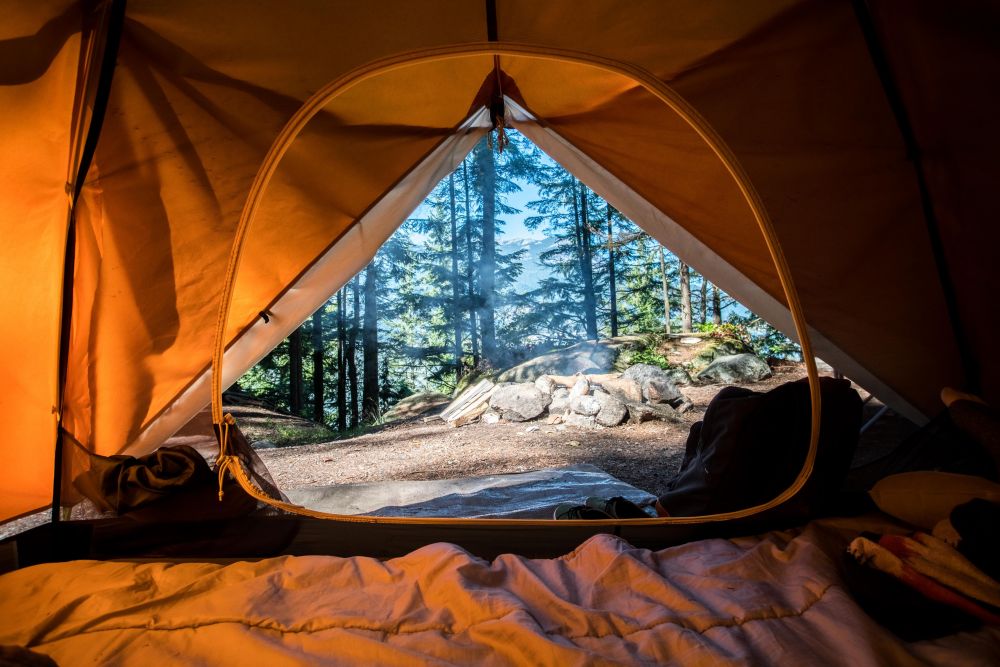
Einen guten Überblick über Ausstattung und Nutzungseigenschaften der verschiedenen Zelttypen können Sie sich auf den Seiten von Zelt.org verschaffen. Wichtig ist vor allem auch, dass das Zelt nicht zu schwer, wasserdicht sowie schnell und leicht aufzubauen ist.
Das wird benötigt:
- Trekkingzelt
- Isomatte
- Schlafsack
- Trekkingrucksack
- Trekkingstöcke
Ein paar zusätzliche Tipps Für dein nächstes Abenteuer
- Ziplock Bags oder Müllbeutel können die schweren Packsäcke ersetzen.
- Beim Besteck reicht oft ein Löffel und ein Messer – weniger ist mehr.
- Zahnpasta gibt es auch als Tabletten – diese sind deutlich leichter.
- Anstatt eines Kopfkissens kann man einen Packsack mit Kleidung füllen.
- Eine Stirnlampe ist leicht und viel besser zu handhaben als eine Taschenlampe.
- Ausweispapiere in wasserdichten Beuteln aufbewahren.
- Kleidung und andere Sachen ebenfalls in Beutel sortieren. Das erspart langes Suchen im Rucksack und macht das Ein- und Auspacken einfacher.
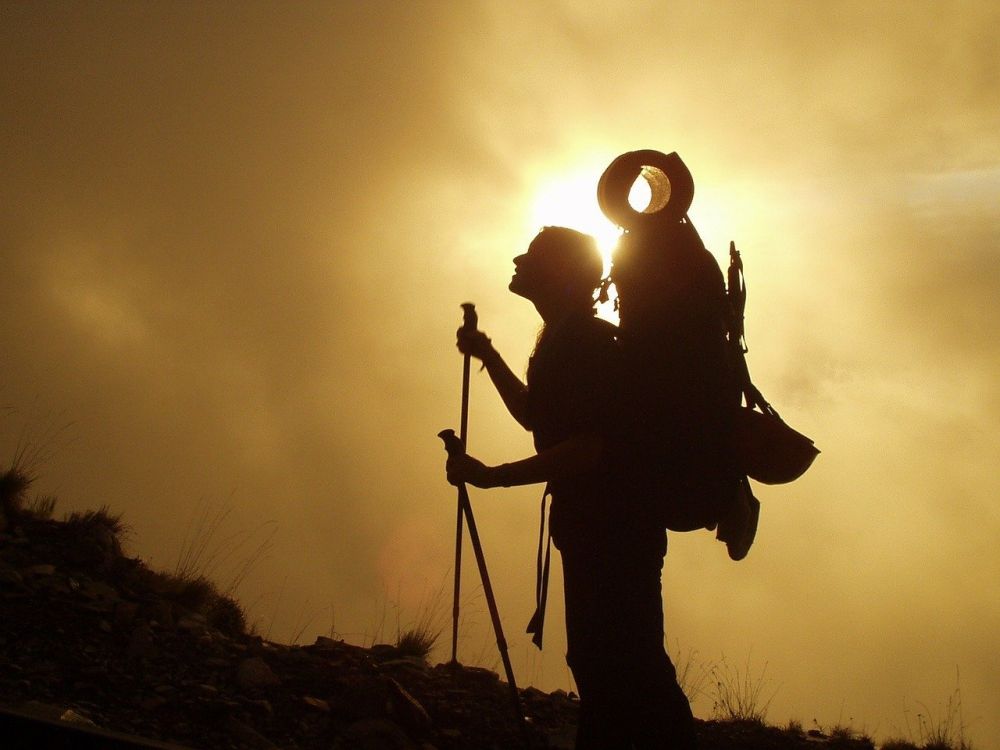
Die vorher angefertigte Packliste mit Gewichtsangaben gewährleistet nicht nur einen Überblick, sondern zeigt dir auch, auf welches Gewicht noch verzichtet werden kann. Wenn man zum Beispiel sieht, dass der Kindle 300 Gramm wiegt, das Handy aber eh schon mitläuft, kann man eventuell darauf verzichten. Wer vorher alles gut überlegt, hat anschließend eine entspannte Tour.
Where in Austria is wild camping permitted? An overview
First of all, we need to be clear about the term “wild camping”. Wild camping means to set up your tent anywhere out in nature. Please be aware that wild camping is frowned upon in some parts of Austria, and may even be against the law. Where that is the case, fines are enforced. The law differs from state to state – in Tirol, Lower Austria, Carinthia and Burgenland there are relatively strict regulations, while the policies in Upper Austria, Salzburg, Styria and in Vorarlberg are a little more relaxed.
Tirol: Wild camping is strictly prohibited. Exceptions only apply when a municipality issues a permit for a specific area as part of a special event or similar. All other cases attract a fine of up to €220.
Lower Austria: There are strict laws regarding wild camping in Lower Austria. Setting up or parking caravans, camper vans, mobile homes or tents outside a camp site is prohibited. Violation of this law is punishable with a fine of up to €14,000.
Carinthia: Wild camping is prohibited in Carinthia. Exceptions apply to alpine bivouacs erected in an emergency. Otherwise fines up to €3630 apply.
Burgenland: Burgenland also has strict laws on wild camping, which is prohibited out in the wild. Violations attract fines of up to €3600.
Upper Austria: In Upper Austria, the laws on wild camping are relatively relaxed. Camping overnight on barren alpine land above the tree line is permitted.
Salzburg: The situation in Salzburg varies from municipality to municipality. It is up to the respective mayor to decide whether wild camping is permitted or not. Camping above the tree line is only permitted if it is carried out in harmony with nature.
Styria: In Styria, the laws on wild camping are relatively free. Barren land above the tree line (apart from areas in agricultural use) are open to anyone. However, those wanting to pitch their tent for more than one night need to apply for a permit.
Vorarlberg: As with Salzburg, it is up to each mayor in Vorarlberg to decide whether wild camping is permitted or not. It is generally prohibited when it contravenes regulations on safety, health and the welfare of the local community. Particular care should be taken near lakes, where any changes affecting the protection of wildlife and the environment (including wild camping) require a permit.
